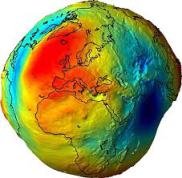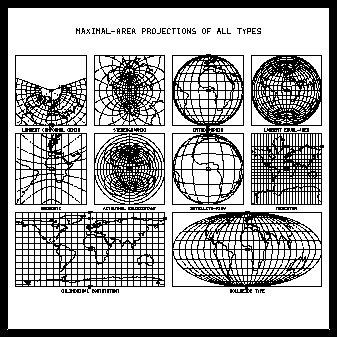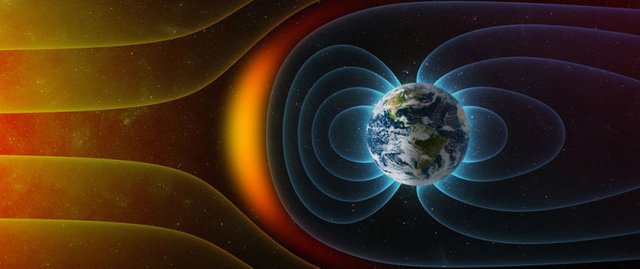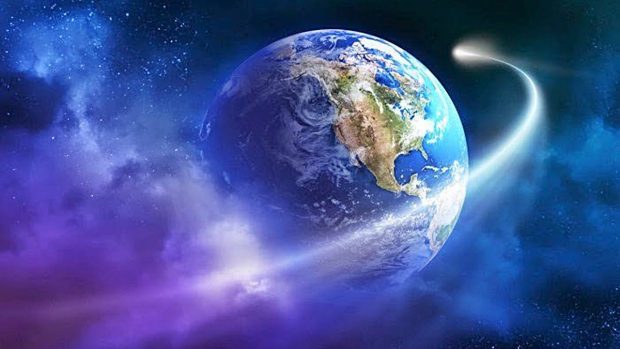ITEM 1 "The planet Earth"
Earth is the largest of the rocky planets. This makes it possible to retain a layer of gases, the atmosphere, which disperses light and absorbs heat. By day it prevents the Earth from getting too hot and, at night, it gets cold.
Seven out of every ten parts of the earth's surface are covered with water. The seas and oceans also help regulate the temperature. The water that evaporates forms clouds and falls in the form of rain or snow, forming rivers and lakes. At the poles, which receive little solar energy, the water freezes and forms the polar ice caps. The southern one is larger and concentrates the largest reserve of fresh water.
The Earth, a planet in the solar system
Universe as a group of celestial bodies that are in space:
It was formed about 14,000-15,000 million years ago.
The celestial bodies can be grouped forming what we know with the name of galaxies.
Our galaxy is the Milky Way, in it is our solar system, the Sun, 8 planets and the various satellites that revolve around them.
We must know the differences between star, planet, satellite and other bodies such as comets, asteroids and meteorites.
Stars: stars that emit energy in the form of light and heat.
Galaxy: Clusters of stars.
Planets: spherical bodies without their own light, revolve around a star.
Satellites: solid bodies without their own light that revolve around the planets.
Our Planet: distance to the Sun, surface, form and imaginary lines.
The Earth originates 4,600 million years ago.
Its distance from the sun makes it have ideal conditions for life as we know it, 150 million kilometers (distance from Earth to the Sun).
It is surrounded by a gaseous layer called atmosphere that protects it from solar radiation, it contains a series of gases, among which is oxygen, the gas necessary for life.
Another characteristic of the earth is water, a substance that is also essential for life.
Shape and dimensions of the Earth:
Our planet does not have the shape of a perfect sphere, but it is called geoid (geoid) because it is somewhat flattened by the poles. If we took a car and we circled the Earth by the Equator, we would cover 40,077 km., The diameter that passes through the poles is 12714 km. while the equatorial diameter is 12756 km, the land surface is about 510 million square kilometers.
Of that area, 71% is covered by water and 29% by continental lands and islands.

Landlines and geographic coordinates. Longitude and latitude
The globe is divided by a series of imaginary lines that help us locate any point on the earth, are the parallels and meridians.
The parallels are imaginary circumferences that go from east to west. the main parallel is Ecuador, from this the other parallels are drawn to the north and south (from 0º to 90º).
Other important parallels are the Tropic of Cancer (23º 27 'N) and the Tropic of Capricorn (23º 27' S).
The meridians, are imaginary semi circumferences drawn from the North Pole to the South Pole. The main meridian is the Greenwich meridian, also called 0º meridian
To locate any point on the Earth, one must know its geographic coordinates, which are expressed by longitude and latitude.
Latitude: distance that exists between any point of the Earth and the Equator, they are expressed in degrees and can go between 0º to 90º towards the North or South.
Length: Distance that exists between any point of the Earth and the meridian of Greenwich, they are expressed in degrees and go from 0º to 180º East or West.

The movements of the Earth: Rotation and Translation.
The Earth makes two movements:
ROTATION:
The earth turns on itself, taking about 24 hours to take a full turn. This movement will give rise to days and nights (the speed on the Ecuador line of 1,700 km.).TRANSLATION:
The Earth describes an elliptical orbit around the Sun, taking this turn a little more than a year, 365 days, 6 hours and 9 minutes. When the Earth has the axis of rotation inclined Translation with respect to the plane of its orbit, will have as a consequence of the translation movement the succession of the seasons and the variation in the duration of days and nights.
Formation of the Earth
It was formed about 4,600 million years ago, along with the entire Solar System. Although the oldest stones are not more than 4,000 million years old, meteorites, which correspond geologically to the Earth's core, give dates of about 4,500 million years, and the crystallization of the nucleus and precursor bodies of meteorites it is believed that it happened at the same time, about 150 million years after the Earth and the Solar System were formed.
After condensing from the cosmic dust and gas by gravitational attraction, the Earth was almost homogeneous and quite cold. But the continued contraction of materials and the radioactivity of some of the heavier elements caused it to heat up.
Later, it began to melt under the influence of gravity, producing the differentiation between the crust, the mantle and the core, with the lighter silicates moving upwards to form the crust and the mantle and the heavier elements, especially iron. and nickel, falling towards the center of the Earth to form the nucleus.
Magnetism of the Earth

The Earth behaves like a huge magnet. The English physicist William Gilbert was the first to point to terrestrial magnetism, in 1600, although its effects had been used much earlier on primitive compasses.
The Earth is surrounded by a powerful magnetic field, as if the planet had a huge magnet in its interior whose south pole was near the geographic north pole and vice versa. By parallelism with the geographic poles, the terrestrial magnetic poles are called magnetic north pole and magnetic south pole, although their real magnetism is opposite to that indicated by their names.
The magnetic north pole is located today near the west coast of Bathurst Island in the Northwest Territories in Canada. The magnetic south pole is at the end of the Antarctic continent in Adélie Land.
The positions of the magnetic poles are not constant and show remarkable changes from year to year. Variations in the Earth's magnetic field include the change in the direction of the field caused by the displacement of the poles. This is a periodic variation that is repeated every 960 years. There is also a smaller annual variation.

the planet earth is one of the best planets there is I really liked your post